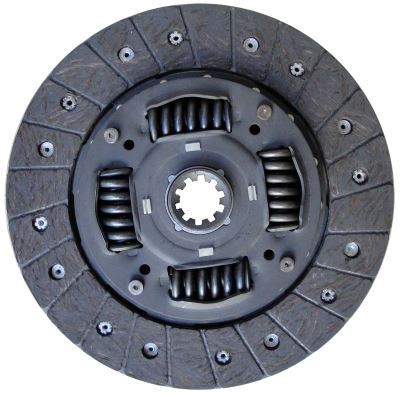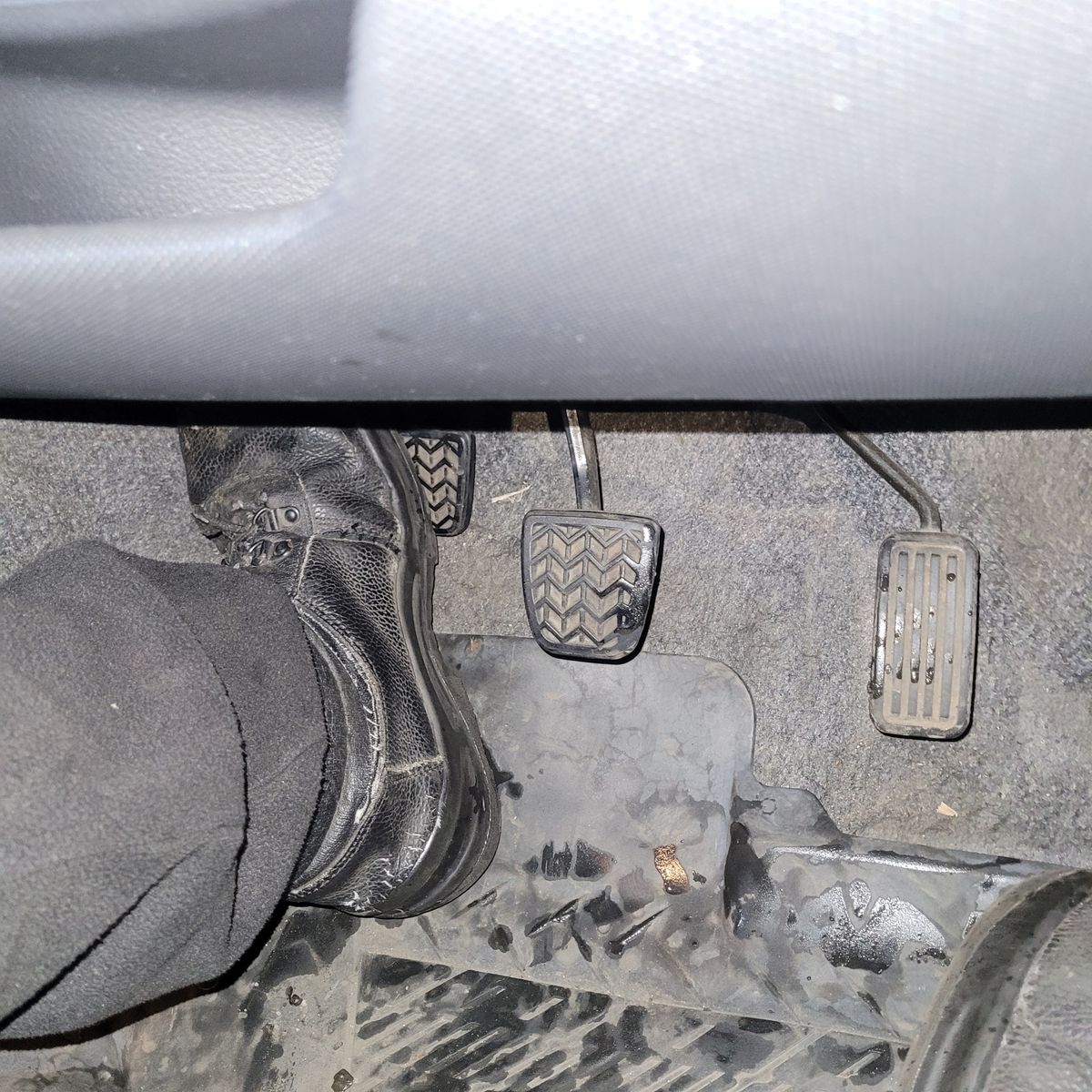 A correctly functioning clutch should be able to engage and disengage, allowing for changes in gears. When the clutch is engaged, its pressure plate exerts constant force. This connects the engine to the transmission, allowing it to stay in gear. Disengaging the clutch (pressing the clutch pedal down) releases pressure and disconnects the transmission and engine. This allows the driver to change gears.
A correctly functioning clutch should be able to engage and disengage, allowing for changes in gears. When the clutch is engaged, its pressure plate exerts constant force. This connects the engine to the transmission, allowing it to stay in gear. Disengaging the clutch (pressing the clutch pedal down) releases pressure and disconnects the transmission and engine. This allows the driver to change gears.
When the clutch doesn’t disengage correctly, you will struggle to change gears. This can make driving difficult by limiting your ability to upshift and downshift. When the clutch isn’t disengaging and is slipping, it will also be creating excess heat which burns up friction materials. This can eventually lead to clutch failure, where the clutch will need to be replaced entirely.
Learn more about how the clutch works
What can cause the clutch to not disengage?
Clutch hydraulic fluid leak:
Clutches use hydraulic fluid (often brake fluid) to build pressure, allowing the clutch to operate correctly. When a leak occurs in parts such as the clutch master cylinder, clutch hose or reservoir, a lack of hydraulic pressure will occur. This will eventually lead to difficulty operating the clutch and problems with disengagement.
Signs of a leak include:
- Difficulty changing gears.
- Increased stopping distance when braking.
- A puddle forming under your vehicle.
- Low brake fluid levels.
- Leaks on the floor of the car or beneath the engine bay.
Damaged clutch fork:
When the clutch fork begins to fail, it can prevent correct disengagement from occurring. This can happen due to excessive wear, incorrect shifting of gears or installation of an incorrect part. When the clutch fork begins to fail, it will need to be replaced.
Other symptoms of a damaged clutch fork include:
- Difficulty getting your vehicle into gear.
- Chattering, grinding or squealing noises coming from the clutch.
- Unexpected disengagement of the clutch.
- A vibrating or pulsing clutch pedal.
Clutch disc repairs in Hamilton
Clutch in need of adjustment:
Some cars use a clutch cable instead of a clutch hydraulic system. To disengage the transmission correctly, the clutch cable needs the right amount of play (movement) in its linkage. If your clutch isn’t disengaging properly, it may be time to have it adjusted. A clutch adjustment will keep the system working correctly and prevent further damage.
Some hydraulic clutch systems also have a method to adjust the amount of clutch freeplay, normally using a threaded rod.
If a clutch remains unadjusted, the friction plate will quickly burn out and the pressure plate may become damaged too.
Clutch adjustment service in Hamilton
Snapped clutch cable:
The clutch cable forms a connection between the clutch pedal and the insides of your clutch system. When the pedal is pressed down, the clutch cable pulls on the clutch, disengaging it from the transmission. This allows the driver to change gears. Since the clutch cable is under periods of stress, it can eventually snap. This will usually cause the clutch pedal to go straight to the floor, preventing the clutch from disengaging.
Clutch Servicing and Replacement in Hamilton
Are you having problems with disengaging your clutch? If so, our team of experienced mechanics can help.
Sometimes, clutches need an adjustment in order to function correctly. An adjustment improves the health and life of your clutch and transmission, allowing you to smoothly engage and disengage the transmission. Severe cases of clutch damage may warrant a replacement. Often, it is more cost-efficient to replace the control arm rather than the bushes. Either way, we are happy to help get your car’s clutch working again as it should.
For clutch inspections and replacement in Hamilton, contact Grimmer Motors today!

